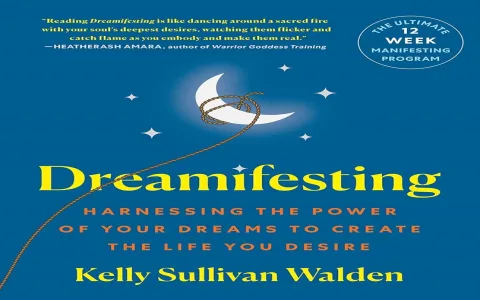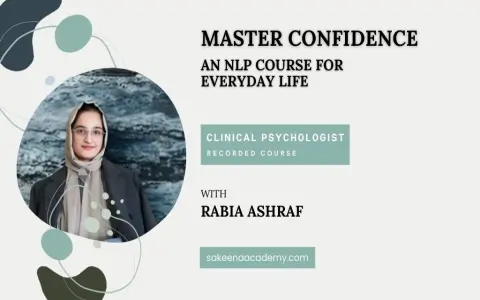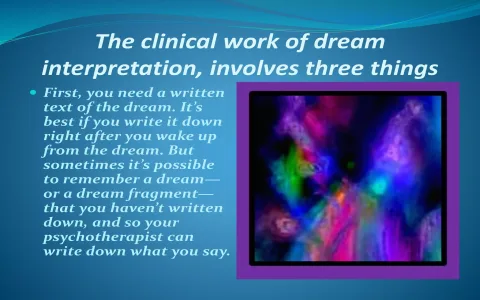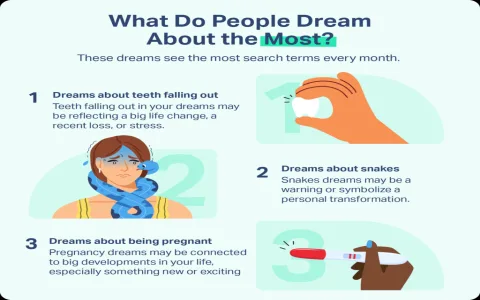Man, I never thought I’d be writing about this. I mean, dream interpretation, especially that deep spiritual, African Christian style? It sounds like some academic paper nonsense, but trust me, what I found out is pure sweat and effort, not some textbook fluff.
I got dragged into this whole mess about three years ago. It wasn’t because I was trying to become some prophet or mystic. Nope. It was because my good buddy, James, was going through it. He was having these intense, repetitive dreams—super detailed stuff, but the symbols were all mixed up. Standard church dream analysis, the kind where you just look up “snake equals enemy” in a concordance, just wasn’t cutting it. It made things worse. It was like trying to fix a complex engine with a screwdriver meant for eyeglasses.
Every time he told someone, they gave him a different answer. One person said it was witchcraft, another said it was just bad food. Zero practical steps. James was losing sleep, worried sick, and honestly, the confusion was doing more damage than the actual dreams.
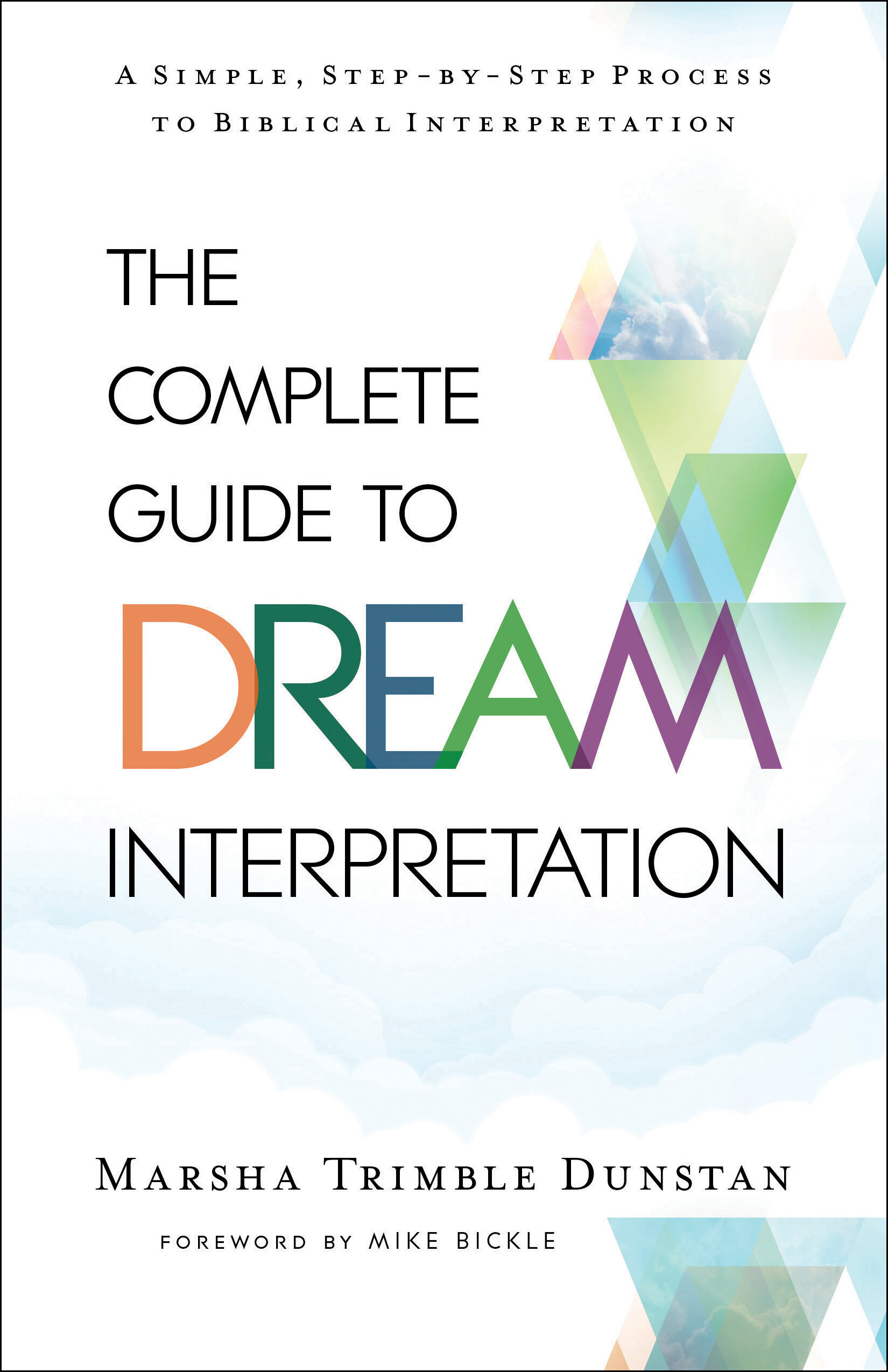
So I decided to roll up my sleeves. I told him: Forget the instant answers. Let’s figure out a system. I started digging. I didn’t just read books published in the US; I started connecting with folks—pastors, elders, and ordinary believers—who actually lived this experience in different parts of Africa. I spent months just listening, recording, trying to reverse-engineer what actually works when you’re dealing with symbols rooted in specific cultures, mixed with intense Biblical language.
It was a massive slog. I had to learn how to distinguish cultural warning signs from genuine spiritual attacks. I bounced around between half a dozen conflicting approaches before I finally hammered out four steps that consistently produced clarity and actionable results, not just vague spiritual warnings.
My 4-Step System: What I Developed on the Ground
Look, I’m not saying I’m the expert, but this is the record of what I practiced, refined, and used to solve James’s problem and a bunch of others since then. You gotta treat this process like detective work, not just guessing games.
Here are the steps I figured out:
- Step 1: The Context Gathering—Map the Emotional Geography.
- Step 2: Discern the Spirit—Who is Speaking?
- Step 3: Apply the Dual Filter—Culture Meets Scripture.
- Step 4: Establish the Action Point—The Practical Pivot.
Forget the dream details for two seconds. You must nail down the dreamer’s current life setup. What is their anxiety level? What relationships are stressed? What financial pressure are they under? What specific Scripture have they been reading lately? Dreams rarely happen in a vacuum. I started compiling a simple list of the top five things stressing them out before I even listened to the symbols. This immediately cuts out 50% of the possible interpretations that are just stress discharge.
This is the spiritual heavy lifting. You gotta pray and ask, straight up: What is the emotional tone of this dream? Is the feeling fear, warning, reassurance, or guidance? If the dominant feeling is paralyzing fear, that’s usually a tactic to distract or discourage, not true guidance. Guidance, even warnings, usually carries an underlying tone of peace, even if the imagery is tough. We immediately rejected any interpretation that led to hopelessness or inaction.
This is where everyone messes up. You can’t just use a Western dictionary for every symbol. I started asking: In this specific region/culture, what does a particular animal or color traditionally signify? Then, you immediately run that through the Biblical filter. Example: If a traditional culture sees a specific bird as an omen of death, but the Bible uses the same type of bird as a sign of provision (like ravens feeding Elijah), you have to see which purpose the dream imagery is serving. You always prioritize the spiritual outcome of the message over the cultural fear. I basically created a small, messy database of common dual-meaning symbols.
A spiritual message that doesn’t result in an actionable change is useless. Interpretation must lead to practice. Once we had a solid understanding, I forced the dreamer to define one, and only one, practical step they would take in the next 24 hours. Was it forgiving someone? Was it tightening up their devotional time? Was it getting professional financial advice? If you can’t write the next chapter of life based on the interpretation, you haven’t finished interpreting. We measured success not by how cool the interpretation sounded, but by the tangible improvement in the dreamer’s situation.
That’s it. It’s not fancy. It’s just what happens when you stop looking for the magic answer and start treating spiritual interpretation like a practical problem that needs a reliable process. It took me six months to refine these steps until they were solid, but they worked. James started sleeping again, and he actually started using his dreams to inform his decisions, not paralyze them. That’s the real payoff.




